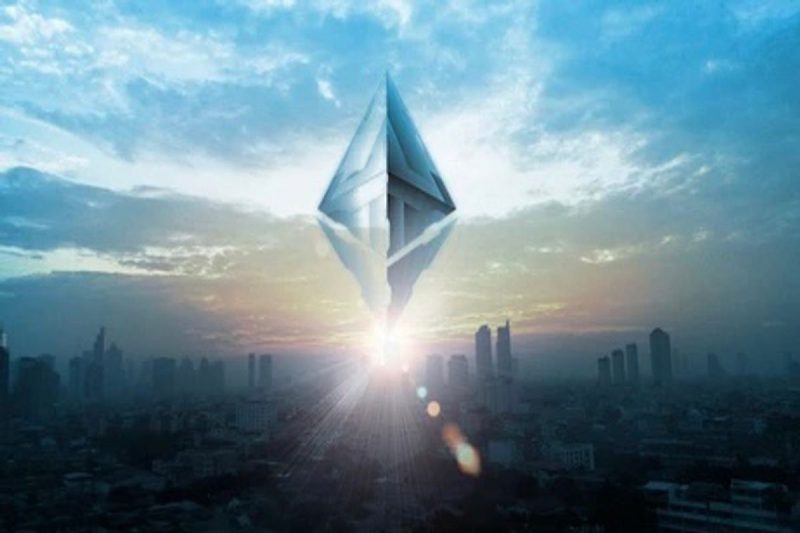The recent “shadow fork” in anticipation of the Ethereum merge was not as successful as anticipated, according to a Twitter thread by Ms. Christine Kim, an analyst at Galaxy Digital.
According to the thread, Ethereum developers discovered some issues that could affect the success of the Merge.
However, despite all of these issues, the developers remain optimistic that the Merge would happen on the Sepolia testnet by July 6.
Per the Twitter thread, the shadow fork experienced issues in node synchronization as around “20% of nodes dropped off right at Merge activation and even more nodes dropped off thereafter.”
Kim continued that the drop-off was caused by issues that arose from the Erigon and Hyperledger Besu nodes.
Another issue identified was a bug that Justin Florentine from the Besu team said was affecting nodes using bonsai tries since as early as April. This bug led to 25% of the network validator to pack up as one-quarter of them run the Besu software.
Florentine, however, assured that the Besu team was working on the issue.
The developers have said that some of the issues occurred because the teams that participated in the exercise were not ready for the upcoming upgrade.
Recall that the first “shadow forks” officially commenced on the Ethereum network as far back as April 2022.
What it entails is an upgrade of the Ethereum network is being carried out in a way that does ongoing affect transfers or transactions of ETH in any significant way.
Ahead of the next fork, which will hold next week, all teams expected to participate in the event have been ordered to fix the issues affecting the exercise.
Lido Centralization Concerns Grow as Etheruem Merge Draws Nearer
With the Merge expected to happen soon, concerns have been growing about Lido’s dominance of Ethereum staking.
The Lido team has submitted a proposal where the community members are discussing whether they should limit the growth of the staking protocol to better protect the decentralization of Ethereum.





